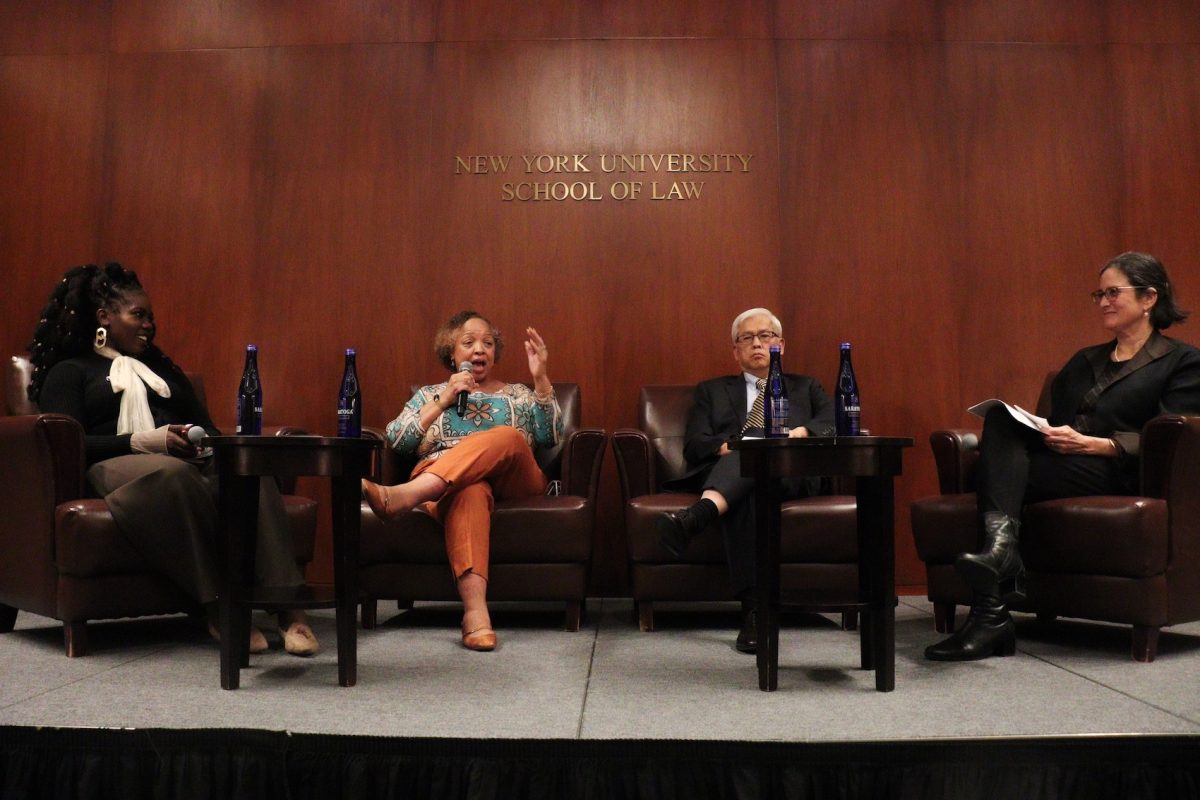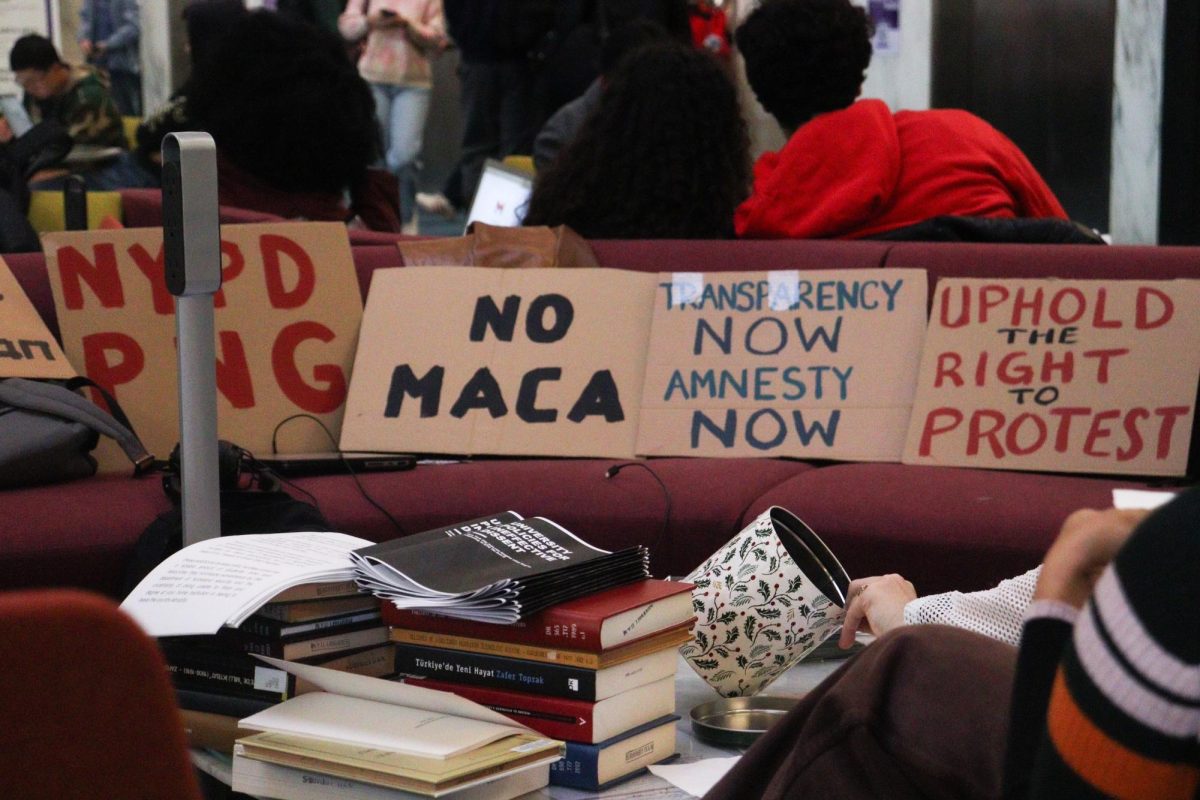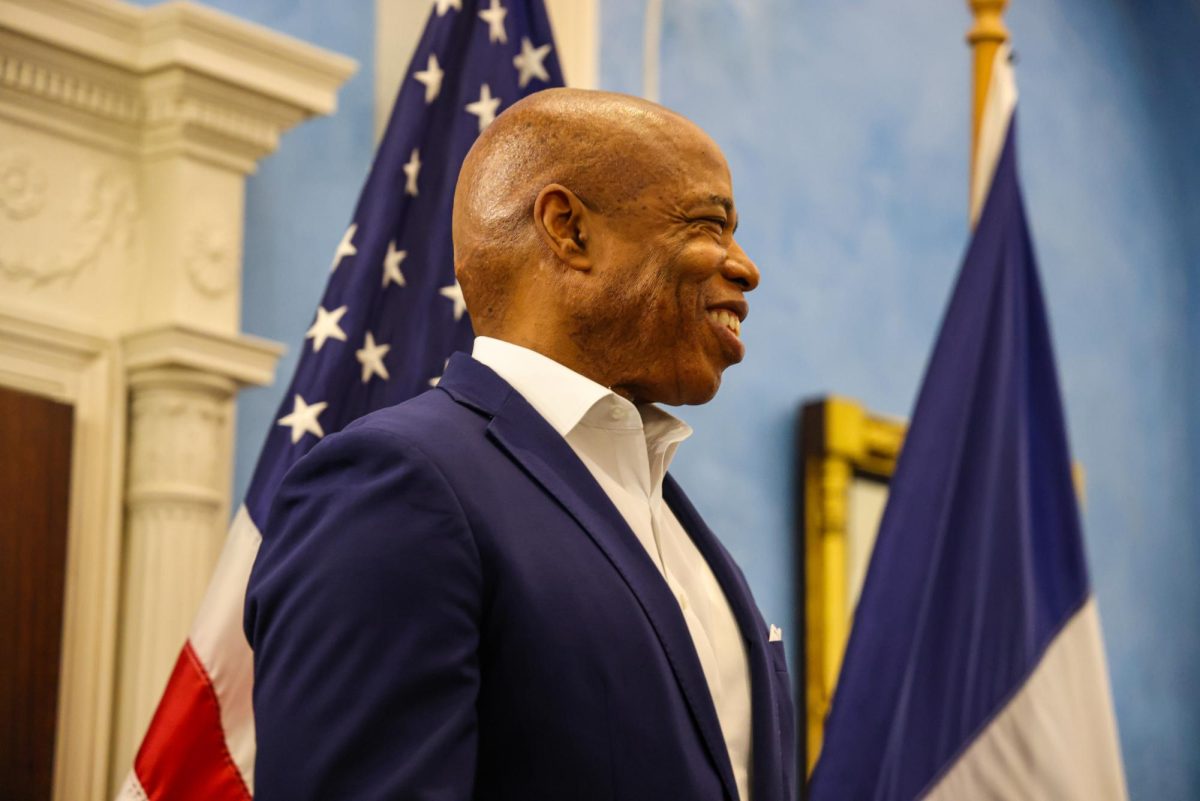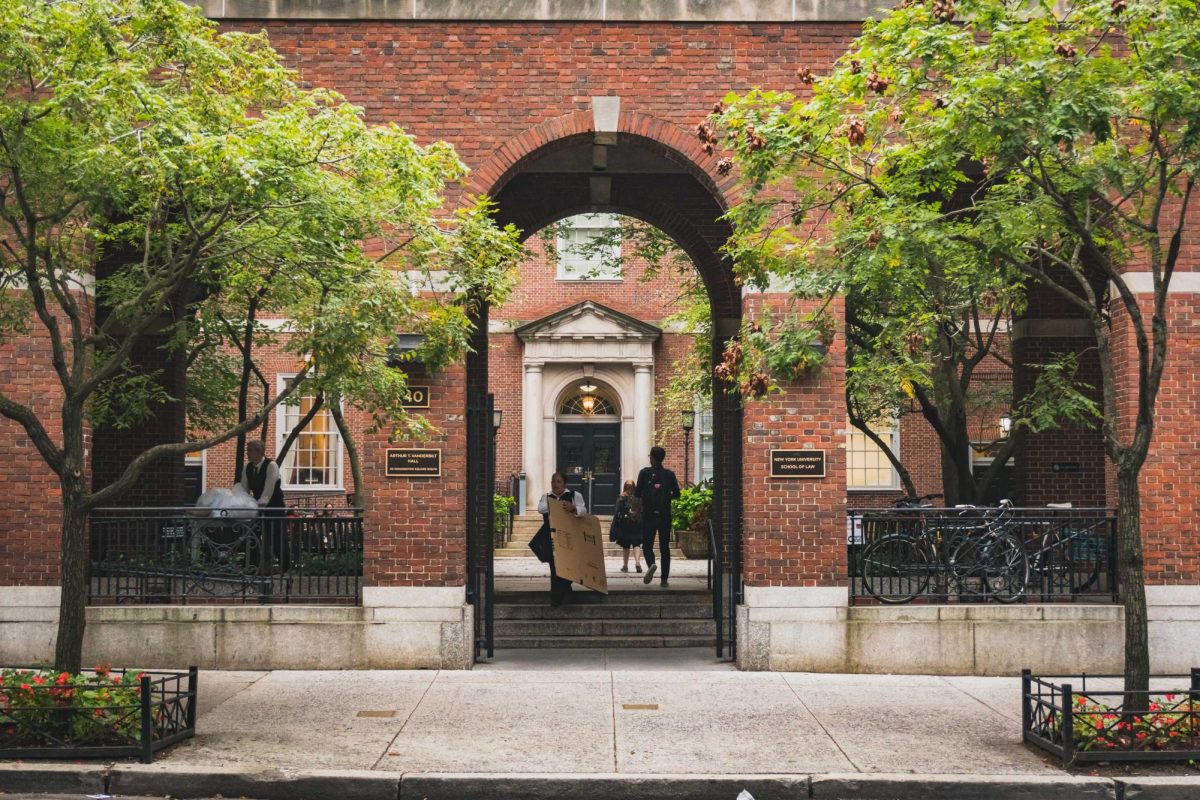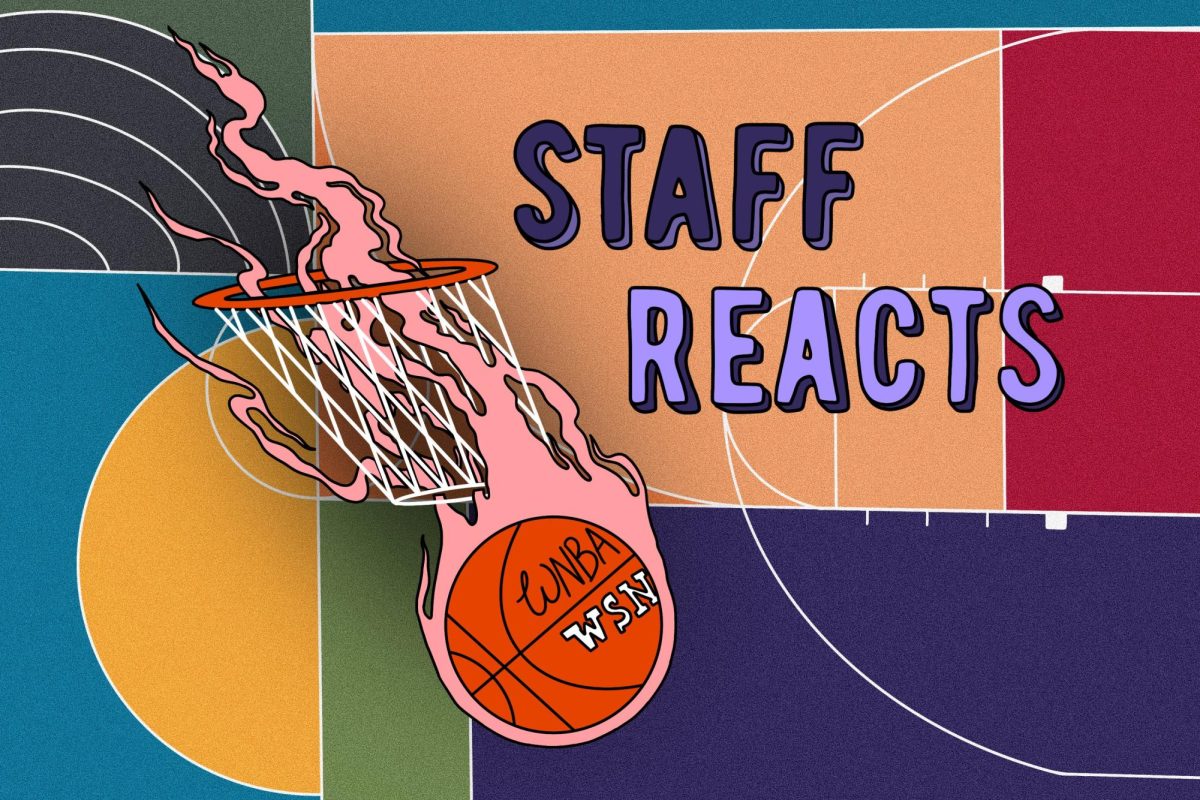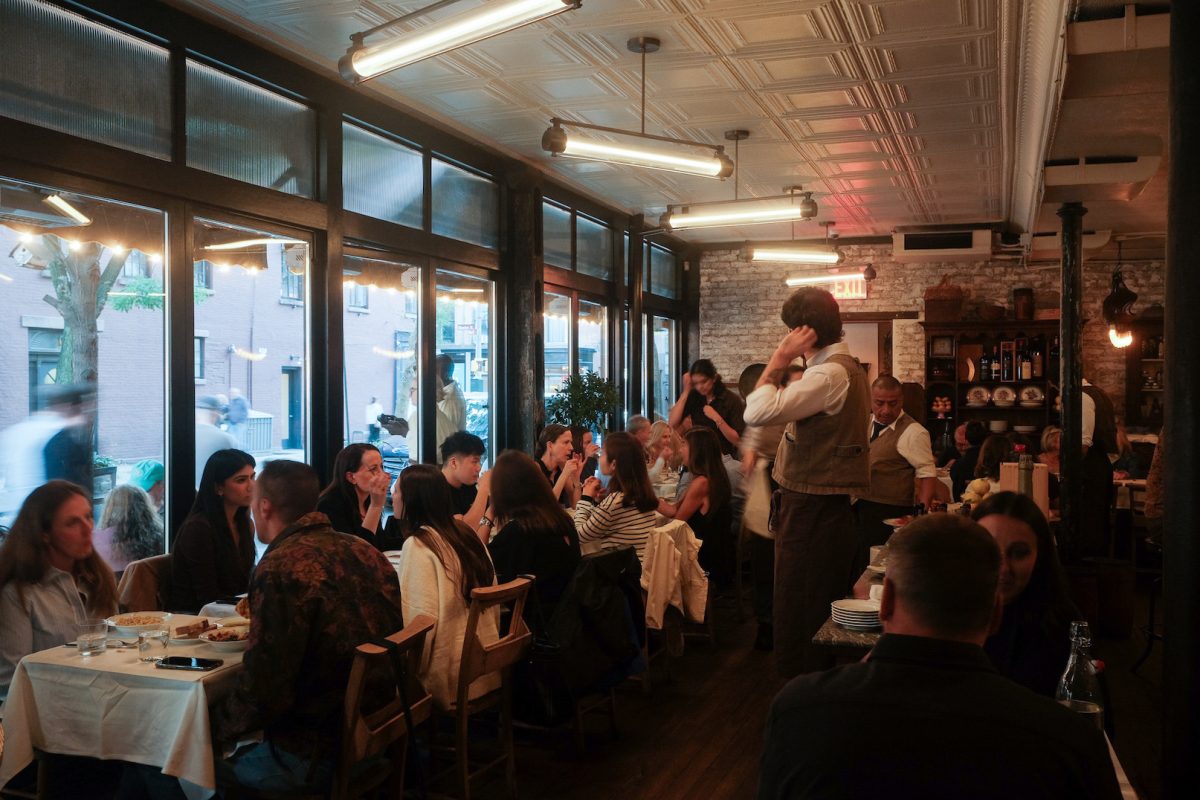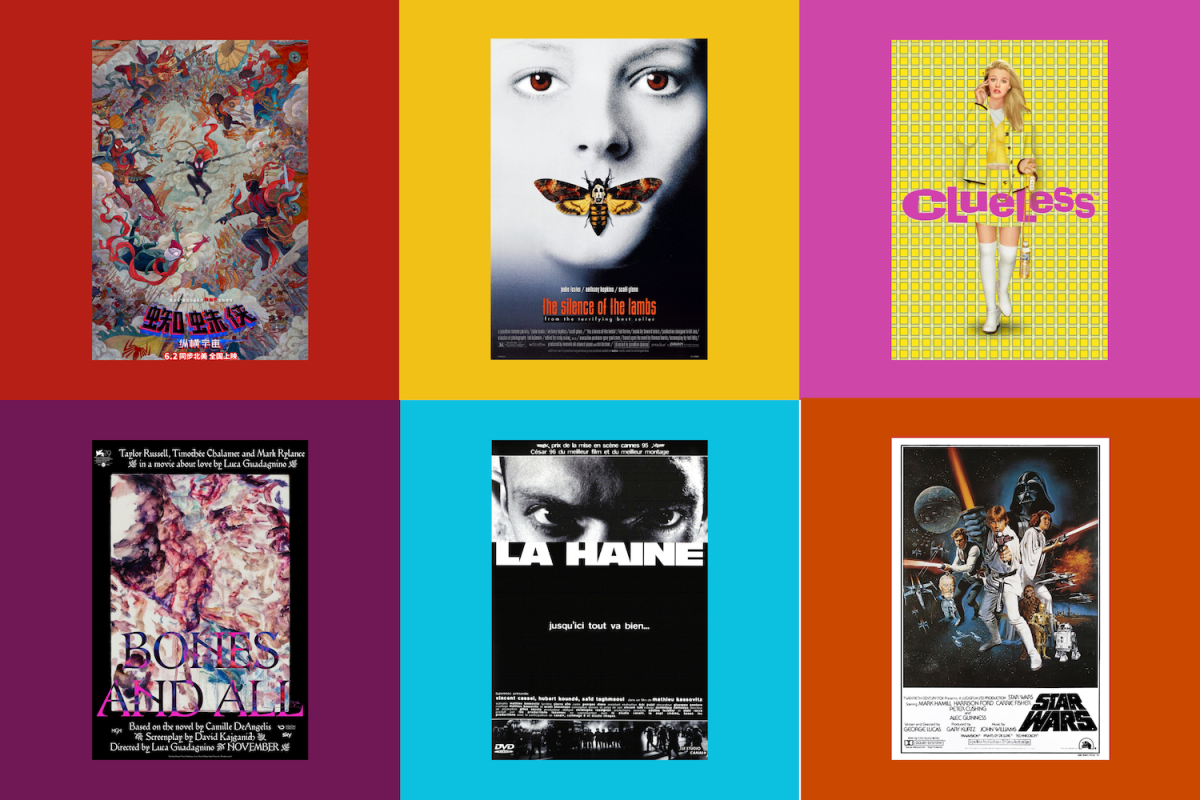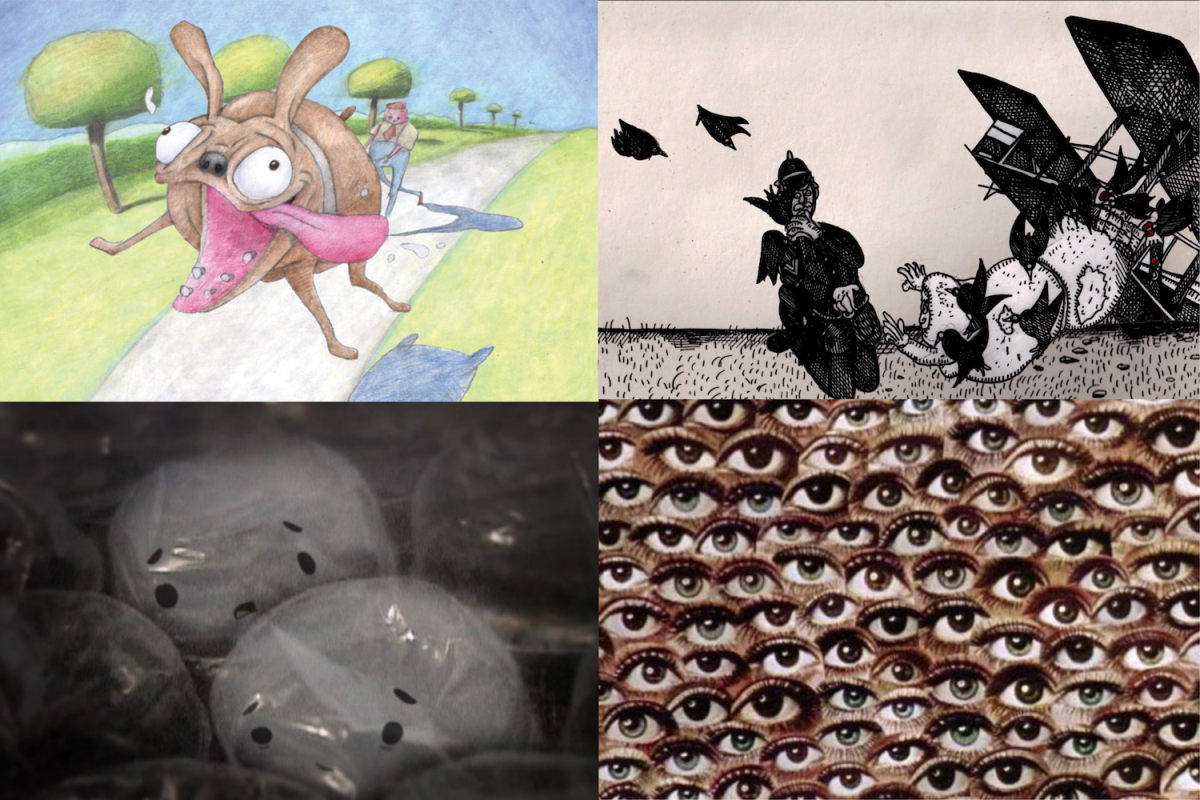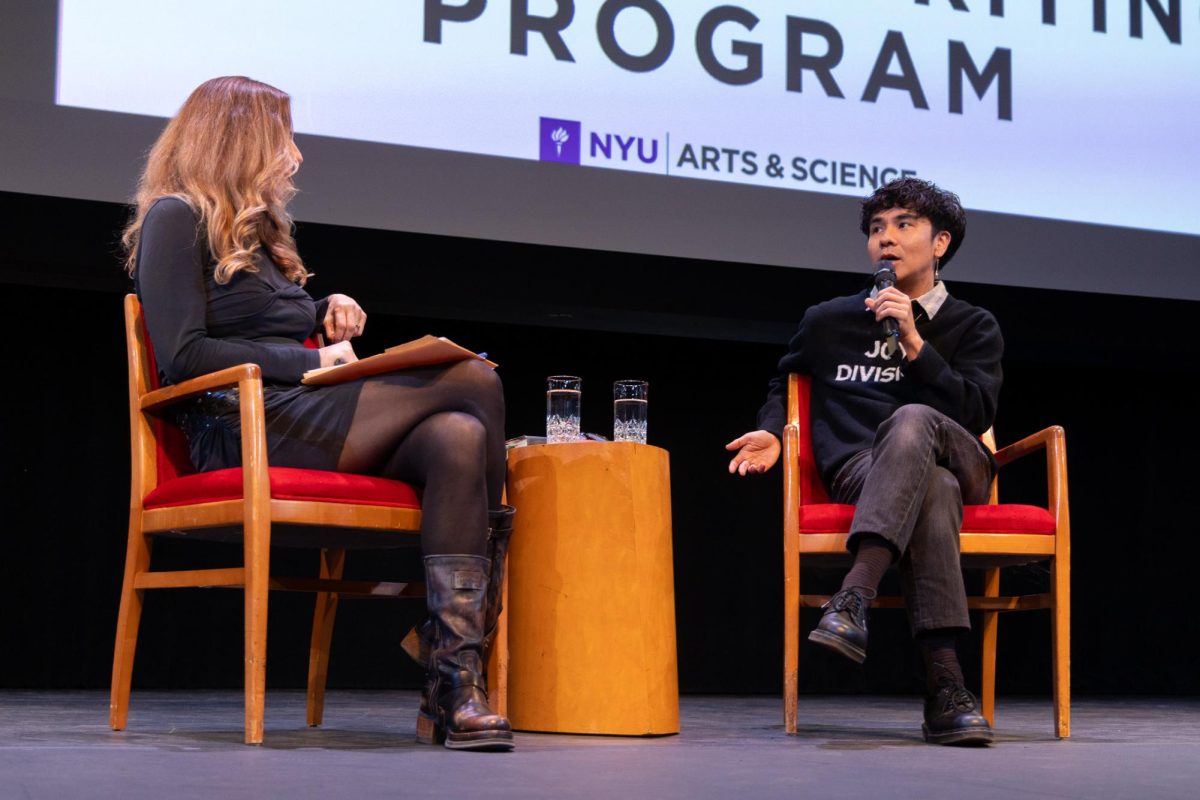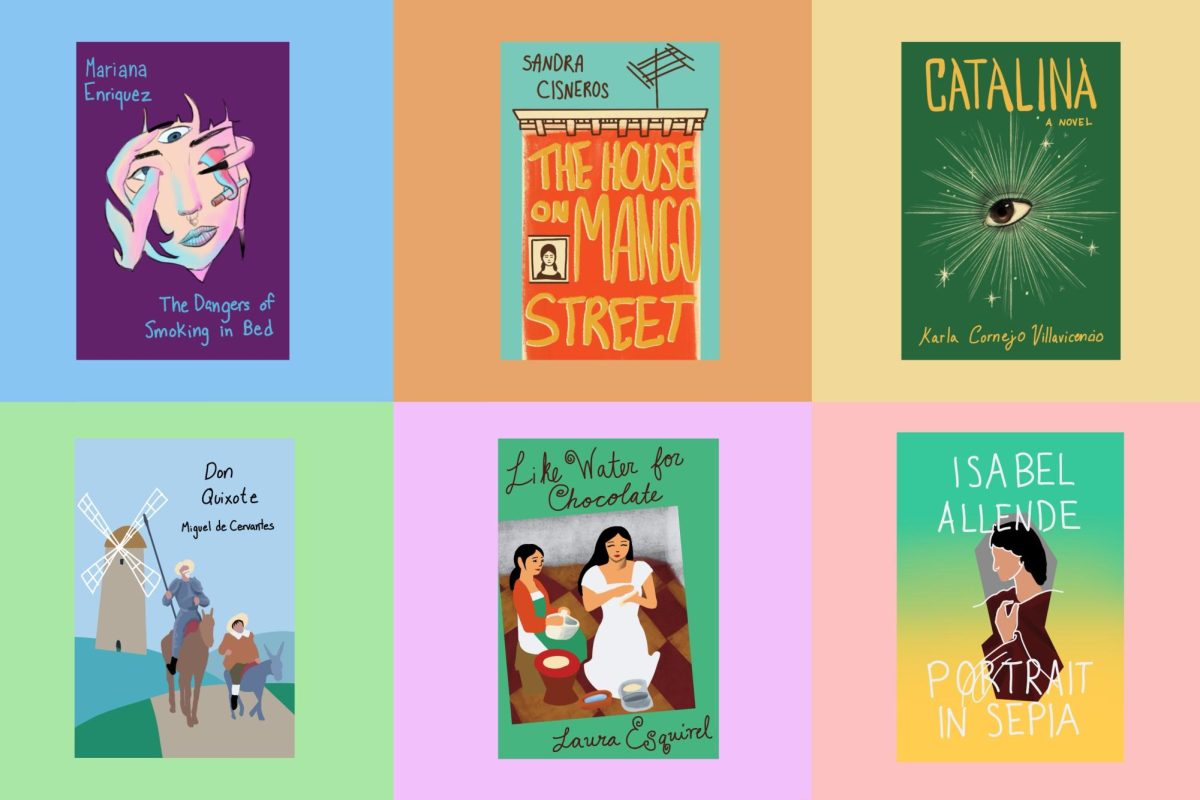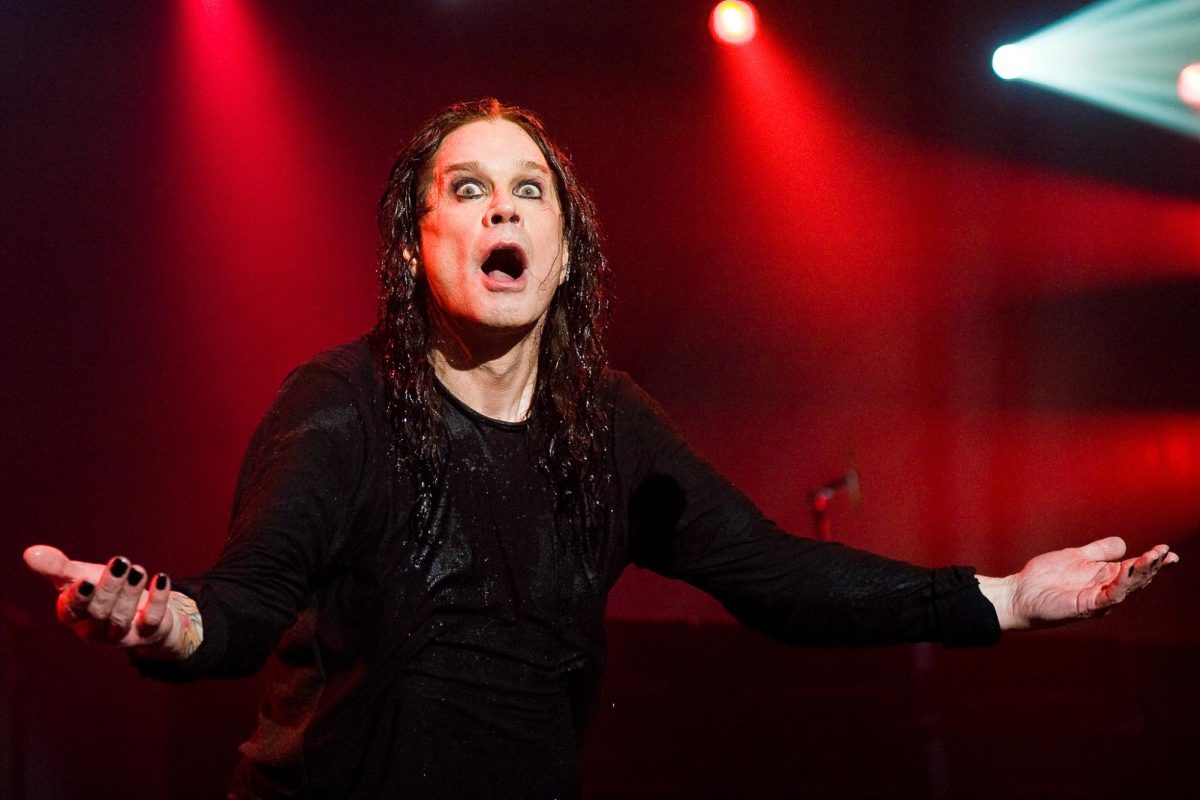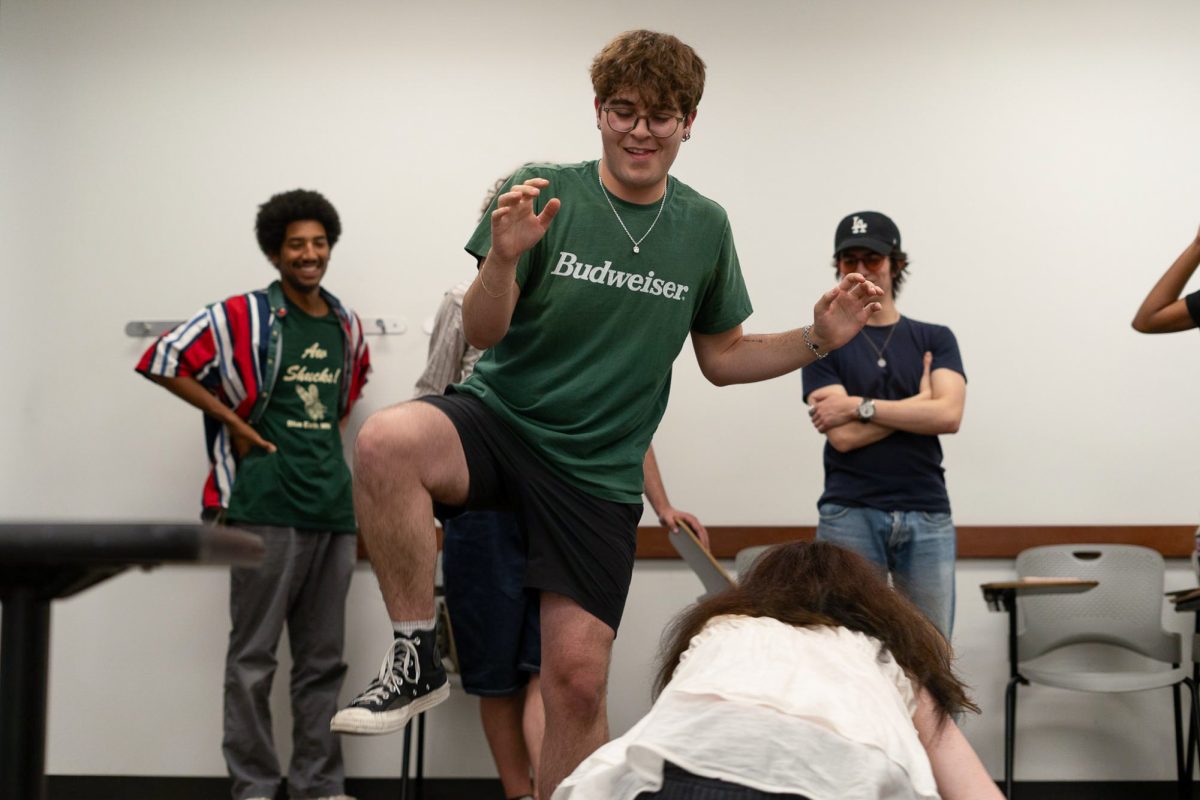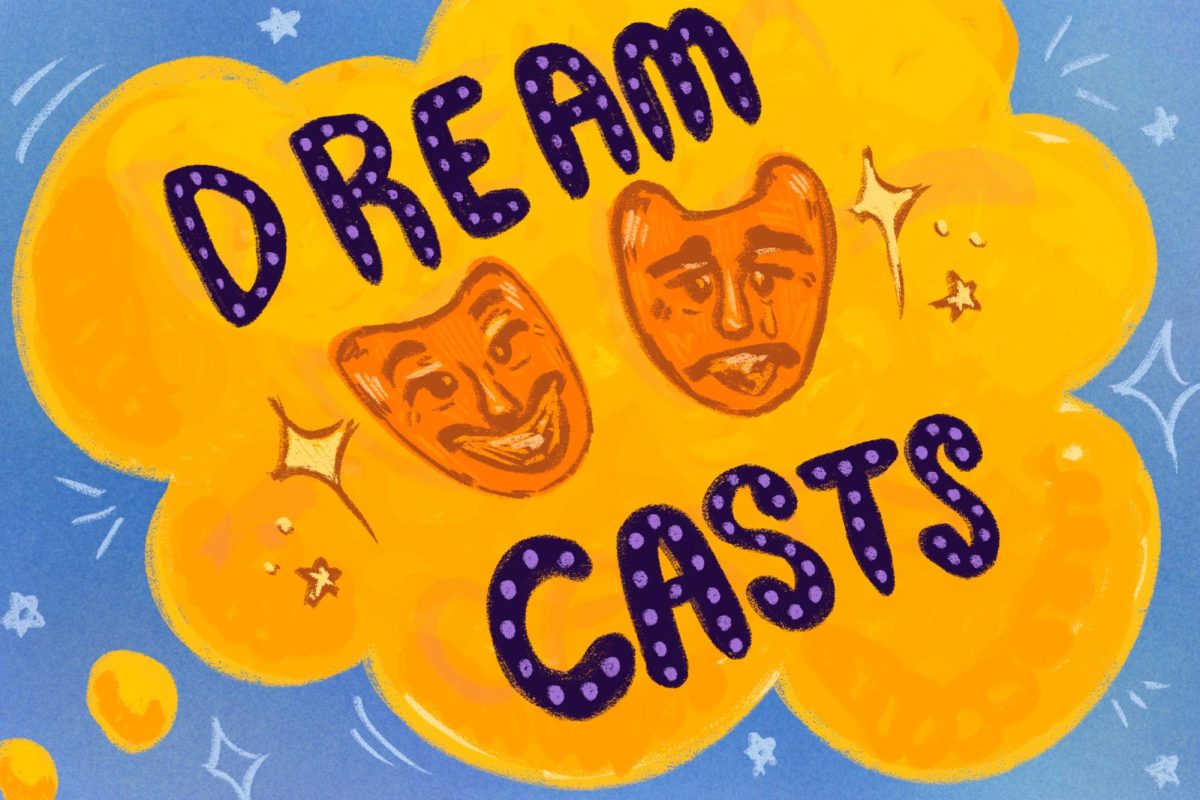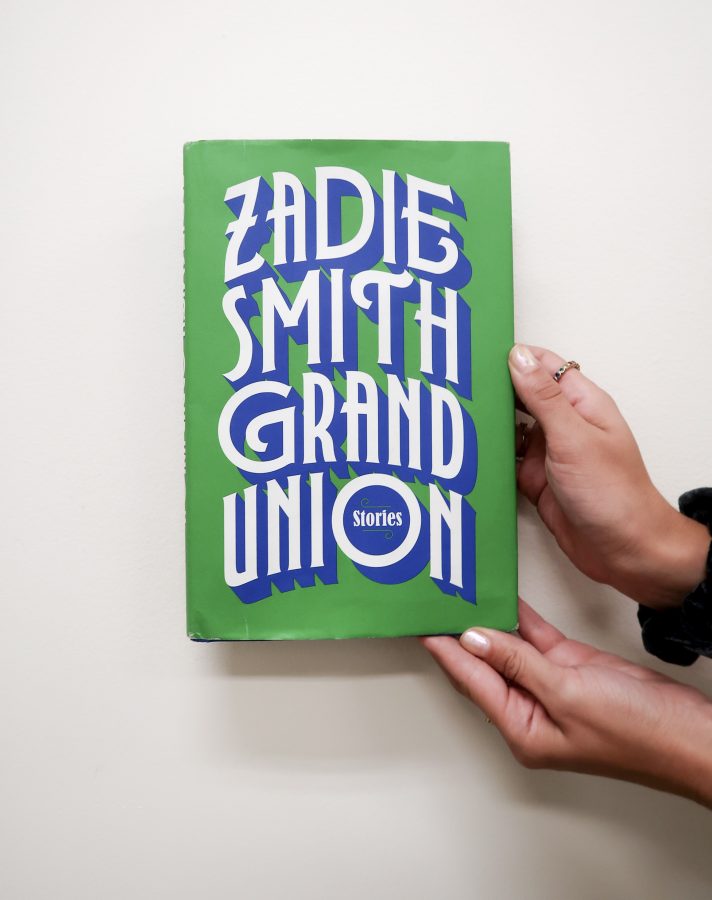Zadie Smith released her debut novel, “White Teeth,” to widespread critical acclaim in 1999.
Since then, she has published five novels and two essay collections.
In “Grand Union,” her latest release, Smith adds 11 new pieces to her existing oeuvre of short stories — previously published in “Granta”, “The New Yorker” and “The Paris Review” — to release her first ever collection of short fiction.
The opener of the collection, “The Dialectic,” is a compact, endearing tale of a mother and daughter on the beach in Sopot. The precocious daughter calls her mother — who is holding a chicken wing as she proclaims, “I would like to be on good terms with all animals” — out on her cognitive dissonance.
The collection’s closer, the titular “Grand Union,” is another mother-daughter tale — one of a woman reconnecting with her deceased mother in a Chinese restaurant.
Another story, “Just Right,” may end too soon but it provides a compelling report of the way class divisions might play out in New York City.
When Donovan, the white son of two successful Greenwich Village puppeteers, is partnered with a black girl named Cassie for a school project, his mother, Polly, treats Cassie not with contempt but with pity and condescension, insisting she is from Harlem even though she lives on 10th and 14th. Polly convinces her son that it wouldn’t benefit him to spend time with “a girl like that,” describing her as someone with no imagination.
Smith has the ability to make small moments feel expansive, to seamlessly weave the past and future into the present. Between two lines of Donovan’s schoolteacher’s dialogue, for example, she writes, “Miss Steinhardt had spent yesterday at her grandparents’ home in Brooklyn Heights, watching tanks across the Suez Canal.”
It is these deftly placed details — extraneous, one might say, and yet arresting — that that keep us along for the ride of the story, and that mark Smith as a unique talent.
Smith’s forays into parable also prove victorious. “Two Men Arrive in a Village” is a story of the universal terror of war. It is a seven-page success in particularizing the general; even as she names no names, no places, she is sure to specify, “the fourteenth floor of a derelict apartment building covered in snow.”
In “Mood,” Smith takes this millennial mantra and dissects and expands it. In the section “Absurd Modern Mood,” she describes a young, debt-ridden graduate of a philosophy department essentially dissociating at a social gathering of the university’s academics. The next section is titled “Medieval Moods: Blood, Black Bile, Bile, Phlegm.”
Smith describes a pregnant woman traveling, from Monrovia, Liberia to Libya. She speaks in second person to first-generation college students, and she also addresses those working at the Mexican border, writing “to separate an un-potty-trained four-year-old from its mother at the border and place it in confinement […] — to perform this action it is essential that you have phlegm and are phlegmatic in general.”
The final section of “Mood,” titled “Mood Memory,” is the most indelible, describing the outdated excitement of receiving the phone book in the mail.
Others stories take on a more essayistic quality. “The Lazy River,” a third person plural narration of English people vacationing at an all-inclusive hotel in Southern Spain is most successful in marrying its narrative and essayistic elements. “What is the solution to life?” she asks. “How can it be lived ‘well’?”
“Downtown,” on the other hand, reads as more eager to shed its narrative constraints and address its content sans elliptical maneuvers.
From cancel culture to Brexit to the opioid epidemic, every one of these stories is in some kind of dialogue with current events. Some might wish Smith was more forthright and named more names; others may think that a certain level of obliqueness is necessary, and the references are obvious enough.
In “Downtown,” she addresses the Brett Kavanaugh trial, writing “Brett had proved once again that whenever a young Brett is born in these United States, born with a dream, that dream can truly come true.”
A patent reference to Donald Trump can be found in “Mood,” as Roberta says to her friend Preston, “I’m being serious. They’re still behind him. He makes them feel good. They want him to just go ahead and shoot somebody on Fifth Avenue like he promised.”
A few of the stories are inspired by real-life events, such as the murder of Kelso Cochrane in London in 1959, or the legend that Michael Jackson drove Elizabeth Taylor and Marlon Brando out of the post-9/11 rubble, rendered in “Escape from New York.”
“Kelso Deconstructed” is particularly arresting, telling the story of “Kelso and Olivia, a couple” spending a normal night out together. Kelso deals with a mind-numbing ache in his thumb and ends up heading to the hospital, leaving Olivia to get some rest at home.
The racially-motivated stabbing of Cochrane is narrated obliquely but potently. The killer’s witness statement is aligned to the left-hand margin on the page, to be read like a poem. Smith writes, “Patrick Digby was the man capable of thinking that way and of writing this poem. But a lot of people could write it. It’s amazing how many.”
As Smith moves from parable to postmodern experiment to essayistic meditation, the threads holding the collection together may appear loose. But in each story, Smith’s investments persist: an interest in memory and history, in the project of living in the modern world, in the relationship of the individual to the collective. What is truly impressive is her ability to inhabit these varied literary domains with such an unwavering poise and assurance.
Smith observes the modern world with a uniquely empathetic and even affectionate eye. Describing two teenage girls who spend their vacation days taking staged photos of one another, she writes, “It is easy to say they make being young look like hard work, but wasn’t it always hard work, even if the medium of its difficulty was different? At least they are making a project of their lives, a measurable project that can be liked or commented upon. What are we doing? Floating?”
“Sentimental Education” — the story of Monica and Darryl, two black college students on an overwhelmingly white campus — meditates on socioeconomic divisions, the insularity of college life, and the complexity of adolescent love, romance and sex. Smith includes a delightful tete-a-tete between the two young lovers on the language of a matriarchal society: “In a matriarchy, you’d hear women boasting to their mates: ‘I subsumed him in my anus. I really made his penis disappear,’” Monica says.
“Parents’ Morning Epiphany,” a jocular dissection of a “Narrative Techniques Worksheet” given to children at a public school, is a welcome reprieve from the more weighty stories between which it is couched — “Just Right” and “Downtown.”
Many of the stories are set in Greenwich Village and narrated with the familiarity and fondness only a local could possess.
Amid the terror of the world, Smith seeks moments of transcendence — “two black dudes, two Puerto Ricans and a white girl rapping under the stars of Greenwich Village.” In “Words and Music,” she describes the collective experience of listening to a band play at Central Park, writing, “We were all in it together. We had useless, transcendent thoughts like: This, too, is America!”
She does not, however, sentimentalize. At the end of “Words and Music,” she writes, “Then the rain came down hard and washed all this Manhattan tomfoolery into the drains.” She acknowledges these glimpses at redemption as fleeting, almost absurd pleasures and yet she insists on them, on their importance to our survival.
It is impossible not to finish “Grand Union” without some sense of awe at the breadth of Smith’s talents. I suspect each reader will have their own favorites — there are no flops or near-flops in this collection, only different entry points into Smith’s remarkable gift for language.
“Grand Union” will be published on Oct. 3.
A version of this article appears in the Monday, Sept. 23, 2019 print edition. Email Julie Goldberg at [email protected].


